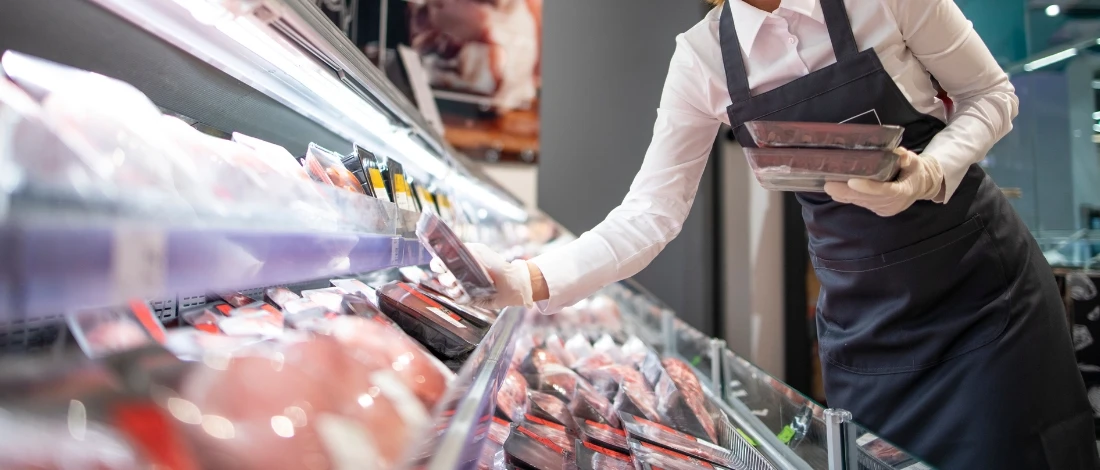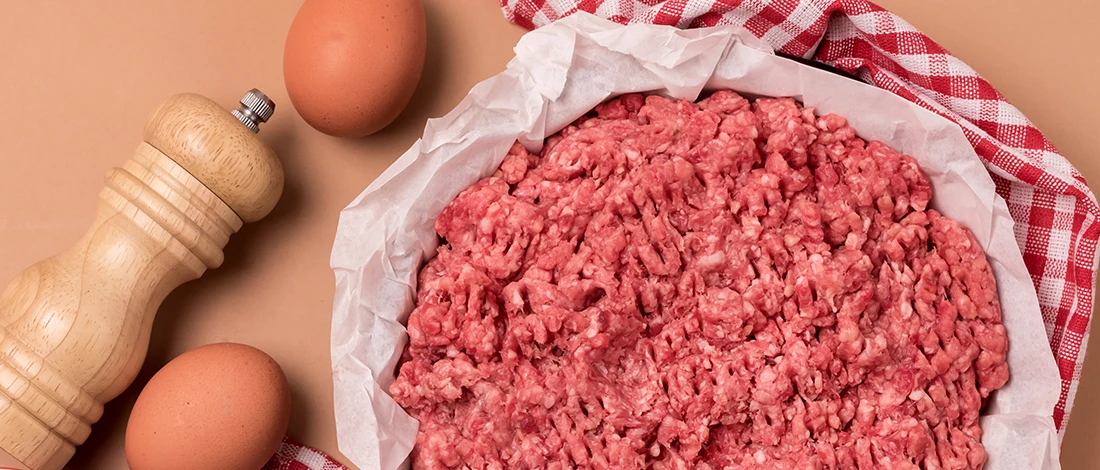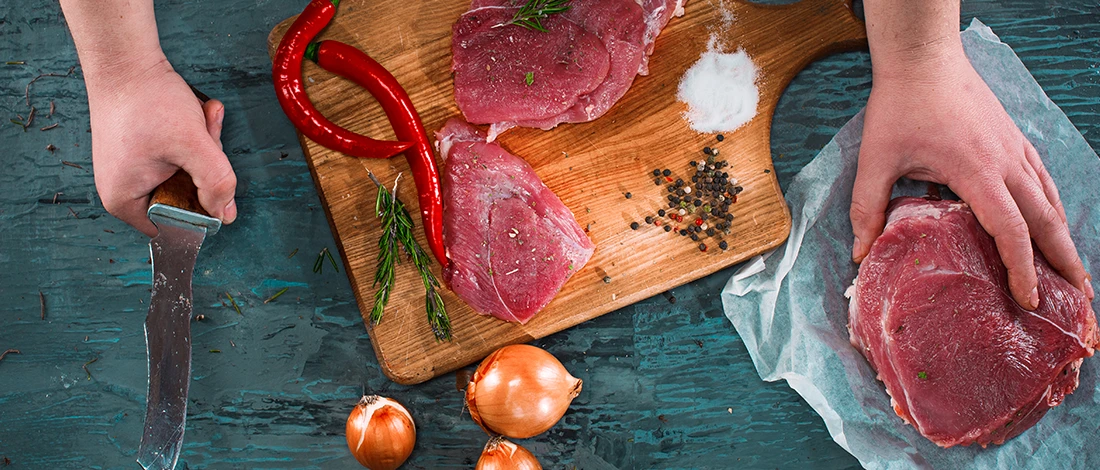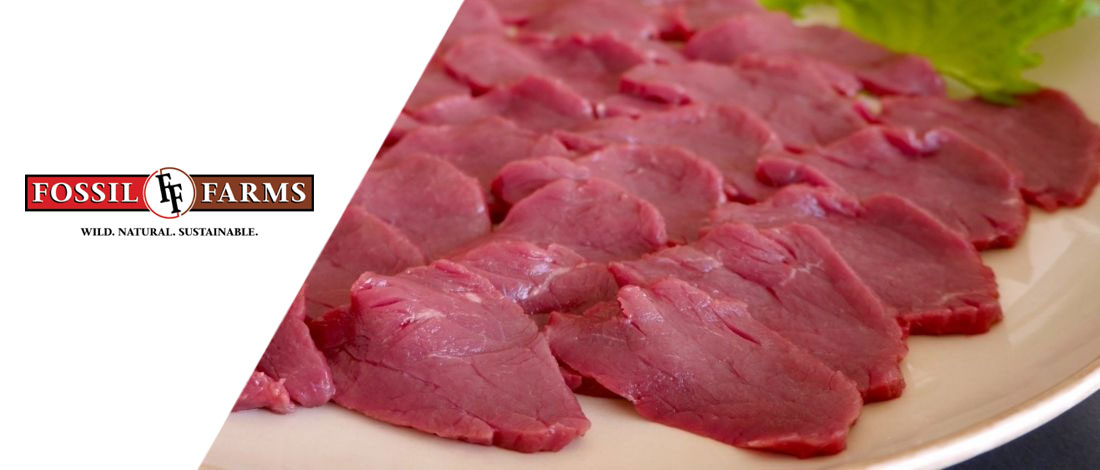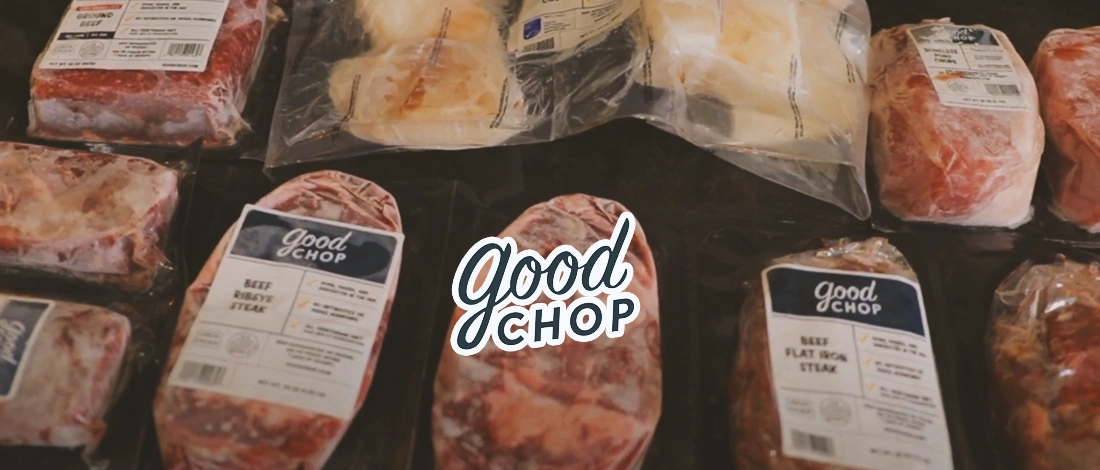If you aren't sure about the quality of the meat delivered to you, it is always best to err on the side of caution and then reject the delivery.
However, it is not always easy to tell if meat has gone bad. Because I use a meat delivery service every month, I know it is essential to be aware of the signs of bad delivery. Here are some tips on how to tell if you should reject a used food shipment.
Quick Summary
- Rejecting a meat delivery should be considered if the meat is spoiled, out of temperature, or mishandled.
- Key factors to assess are the meat's temperature, packaging, smell, appearance, and texture.
- Never taste-test meat that is suspected to be bad; it may contain harmful bacteria.
6 Factors to Help You Decide
Here’s what to pay attention to the next time you receive a delivery package.
1. Temperature

The most important factor in determining if meat has gone bad is temperature. If the temperature is too high, the meat will start to spoil. This is true for raw fish, lamb, fresh, poultry products, beef, and other carnivore-quality foods.
The "danger zone" for meat is between 40°F and 140°F [1]. Below temperature danger zone of 40°F, bacteria will not grow as quickly. Above 140°F, the heat will start to kill the bacteria. Thus, cold TCS food temperatures should be delivered below 41°F and hot TCS food above 135°F.
If you are unsure about the meat's temperature, you can use a proper meat thermometer to further check the temperature. Simply insert the thermometer into the thickest part of the meat, usually the center.
Make sure that the internal temperature reading is at or below 40°F for the food item.
Reject fresh meat if someone stored it above 40°F. The warm temperatures likely caused it to sit too long, which is unsafe.
2. Packaging
Another factor to consider is frozen food packaging. A broken seal or missing label may mean it has been mishandled and is more likely to be spoiled.
You want the packaging intact and undamaged. There shouldn't be any tears or holes in the packaging material, as this could allow bacteria to contaminate the meat and cause food poisoning.
Also, if you see dirty packaging or signs of pest damage when receiving food here, you should reject that meat immediately.
The packaging should be labeled with the name and address of the food establishment or supplier. It should also have the date of packaging. This will help you identify the meat's source and determine if it is fresh.
Food packaging with fluid stains or frozen fluid on the bottom indicates that the frozen meat food products may have been thawed and then refrozen. This may make the food unsafe to eat, as bacteria can proliferate even in frozen food, during thawing.
If you are uncomfortable once you examine food packaging, it is best to not reject food during the food delivery.
3. Smell
You can also assess food quality by smell. Fresh beef, pork, or chicken should have a minimal scent.
However, if the meat has gone bad, it will have a strong, unusual odor. The smell may be similar to that of rotting flesh and will be very pungent.
Other smells associated with rotten meat are fishy odors, sour smells, and an ammonia smell. If you notice an abnormal smell, you should reject the meat.
4. Appearance
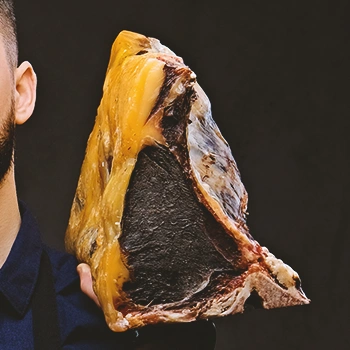
Another way to tell if meat has gone bad is by looking at its appearance. Good meat should be pink or red, and the fat should be white or pale yellow.
On the other hand loaded fresh, raw meat that has gone bad will have a dark or brown color, and the fat will be greenish-yellow. The meat may also have patches of mold or other local discoloration.
Moist foods shouldn’t be delivered dry or in dirty packaging. When receiving fresh meat or fish delivery other than dry foods or packaged frozen food, you should see no pest damage.
Additionally, if your meat arrives vacuum-packed, you should check to ensure the seal remains intact. If the vacuum pack is leaking or bloated, it is unsafe.
5. Texture
Meat should be firm to the touch and should not be slimy or dry. When you press on it, there should be a certain amount of elasticity and resilience.
Meat that has gone bad will be mushy and have lost its elasticity. The texture can be soft and squishy, and the meat may even break apart easily. Tacky, sticky, or moist foods should be avoided.
Visually inspect the meat, and if it has the wrong consistency, you should be when to reject delivery of meat from food service delivery.
"Meat, poultry, and egg products are particularly vulnerable to microbiological hazards because their moisture, pH levels, and high protein content provide ideal environments for the growth of bacteria."
- United States Department of Agriculture
6. Taste

One thing you should never do when checking if meat has gone bad is to taste it. Even if the meat looks and smells fine, it may still be contaminated with bacteria that can make you sick.
Two types of bacteria can cause foodborne illness: pathogenic and spoilage [2]. Pathogenic bacteria are the ones that actually make you sick.
Spoilage bacteria may not make food business make you ill but can cause the meat to taste bad.
The pathogenic bacteria may be undetectable by smell or appearance, but they can still make you very sick. Therefore, it is best to never taste test meat that you think may have gone bad.
Related Articles:
FAQs
What Is the Receiving Temperature of Frozen Food?
The receiving temperature of frozen food is 0°F (-18°C). It should be frozen solid with no evidence of contamination.
What Is the Safest Way to Thaw Meat?
The safest way to thaw meat is in the refrigerator. This method takes longer than at air temperature. But, it ensures that fresh chicken or beef stays at a safe temperature throughout.
What Is the Receiving Temperature of Fresh Meat?
The receiving temperature of fresh meat is 40°F (4°C). Reject items where the surface temperature of the meat is outside the recommended range.
Meat Delivery Rejection
Your health is most important. So, if you doubt nutritional claim about food safety or the meat's quality, reject the food.
It's especially important if the meat isn't at the right temperature or is over four hours past its expiration date. You should also refuse the delivery if the meat looks, feels, or smells bad.
I use ButcherBox as my food delivery service and have always been impressed with their packaging and delivery quality. Their custom boxes arrive on time. The meat is perfectly preserved.
References:
- https://www.fsis.usda.gov/food-safety/safe-food-handling-and-preparation/food-safety-basics/refrigeration
- https://www.canr.msu.edu/news/food_spoilage_and_food_pathogens_whats_the_difference


